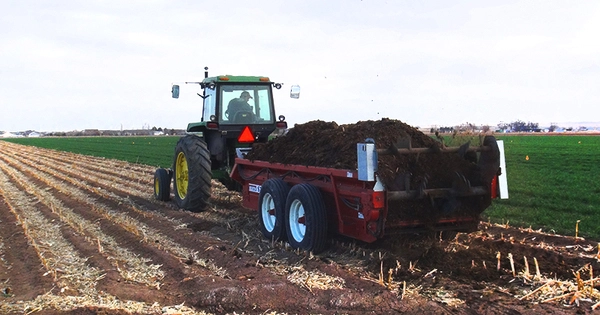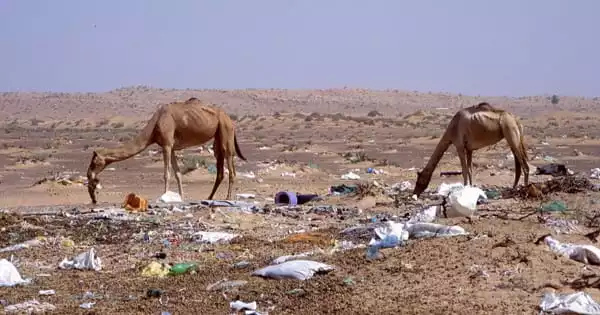Manure management is the process of processing, storing, and utilizing animal manure in an eco-friendly and sustainable manner. It refers to the environmentally responsible capture, storage, treatment, and utilization of animal manure. It can be kept in a variety of storage facilities.
Animal manure (also known as animal waste) can come in liquid, slurry, or solid form. It is applied to fields in quantities that enrich soils without producing water pollution or excessive nutrient enrichment. Manure management is part of nutrition management. In tight settings, manure gases can kill humans by asphyxiation. There is also a risk of drowning.
Proper manure management is essential for several reasons, including:
- Nutrient Recycling: Manure is rich in nutrients like nitrogen, phosphorus, and potassium. When managed correctly, it can be used as a valuable fertilizer, providing essential nutrients to crops and improving soil fertility.
- Environmental Protection: Improper handling of manure can lead to water and air pollution. Nutrients in manure, if not managed properly, can run off into water bodies, causing eutrophication and negatively impacting aquatic ecosystems. Ammonia emissions from manure can also contribute to air pollution.
- Pathogen Control: Manure may contain harmful pathogens such as bacteria, viruses, and parasites. Proper management practices, such as composting or anaerobic digestion, can help reduce the risk of spreading diseases to animals and humans.
- Odor Management: Manure can produce unpleasant odors if not managed correctly. This can be a source of nuisance for nearby communities. Implementing odor control measures, such as covering manure storage facilities or using additives, can help mitigate this issue.
Here are some common manure management practices:
- Composting: This involves the decomposition of manure with organic materials like straw or sawdust. Composting helps reduce pathogens, odors, and volume while producing a valuable soil amendment.
- Anaerobic Digestion: This is a biological process where microorganisms break down manure in the absence of oxygen. It produces biogas, a renewable energy source, and a nutrient-rich digestate that can be used as fertilizer.
- Storage and Containment: Proper storage facilities, such as lagoons or tanks, help prevent runoff and leaching of nutrients. Implementing liners and covers can further reduce environmental impacts.
- Land Application: Manure application to fields is controlled based on nutrient content and crop needs, which aids in nutrient recycling and soil fertility improvement. Careful control is required to avoid overapplication and runoff.
- Technology and Innovation: Advances in technology, like as precision agriculture and sensor-based nutrient management, can help improve manure application while lowering environmental impact and increasing resource efficiency.
To preserve the environment, regulatory authorities frequently develop manure management standards and restrictions. Farmers and livestock producers are encouraged to use best management methods to reduce manure’s environmental impact while increasing its agricultural advantages.
















